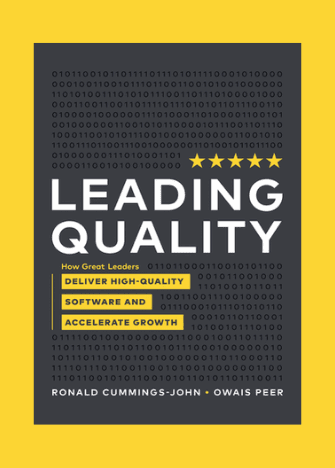Software QA and testing play a critical role in the development of any software application. Identifying and fixing defects in the early stages ensure a high-quality final product that meets user expectations. However, even experienced software QA and testing teams can make mistakes that can have significant consequences. In this article, we will discuss some of the common testing mistakes to avoid in software QA and testing.
Inadequate planning and documentation
One of the most common testing mistakes in software QA is the lack of meticulous planning and documentation. Without a detailed plan that outlines the testing approaches and objectives, the testing effort can quickly become disorganized and ineffective. Additionally, without proper documentation of test cases, results, and defects, tracking progress, identifying trends, and collaborating with teammates become challenging.
Insufficient testing coverage
Another common mistake is neglecting to test all potential scenarios and edge cases. This oversight can lead to undetected defects that may cause significant problems during production. Therefore, it is essential to ensure that the testing coverage is comprehensive and includes both positive and negative testing scenarios.
Over-reliance on automation
While automation can help to save time and increase efficiency, it’s crucial not to rely too heavily on it. Over-reliance on automation can lead to a false sense of security, resulting in critical defects being overlooked. Striking a balance between manual and automated testing is crucial to maintain efficiency and effectiveness.
Poor communication and collaboration
Effective communication and collaboration among team members are critical in software QA and testing. Lack of communication can lead to misunderstandings, duplicated efforts, and missed defects. Establishing clear communication channels and encouraging collaboration is essential to mitigate such issues.
Lack of user perspective
The ultimate goal of software QA and testing is to ensure that the final product meets the expectations of end-users. Therefore, considering the user’s perspective during testing is vital. Ignoring the user’s viewpoint could lead to overlooked defects and a final product that fails to satisfy users.
Insufficient testing environment
A common mistake is not having a proper testing environment that closely mirrors the production environment. This can lead to testing in an environment that doesn’t represent real-world scenarios, resulting in missed defects only surfacing during production.
Inadequate regression testing
Regression testing is a type of software QA testing and is an essential part of the testing process. It involves testing previously working features to ensure that they still work as expected after changes have been made to the software. A common mistake is not doing enough regression testing, leading to regression defects that may have significant consequences.
Lack of traceability
Traceability refers to the ability to trace defects back to their source and understand the cause-and-effect relationships between different elements of the software development process. Lack of traceability can lead to difficulty in identifying the root cause of defects, making it challenging to fix them effectively.
Ineffective defect management
Effective defect management is critical to the success of the testing effort. A common mistake is not prioritizing defects correctly, resulting in a backlog of unresolved defects that may have significant consequences in production.
In conclusion, software QA and testing are essential components of the software development process. By avoiding these common testing mistakes, software QA teams guarantee efficient and effective testing, resulting in high-quality software meeting user expectations, adhering to timelines, and staying within budget.
Remember, mastering software QA and testing necessitates vigilant effort, but the rewards include delivering exceptional software that resonates with users and stakeholders alike.
Happy testing!
About the tester
Richard has been part of our global testing community for more than 3 years. He is graduated in Information Technology and has programming knowledge in Python, backend web development , PHP, c++, and a bit of JavaScript. He is also a content creator and passionated for QA testing.
This article is the sole responsibility of the author. By submitting their work to our blog, authors affirm that the content is original and does not violate any copyrights or intellectual property rights of third parties.







